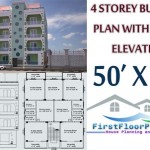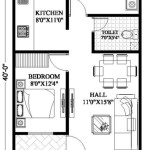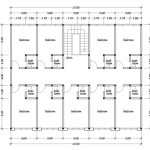Essential Aspects of Housing Development Planning Process
Housing development planning is a critical process that involves several essential aspects. These aspects work together to ensure the creation of sustainable, livable, and affordable housing options for communities.
1. Land Use Planning
Land use planning establishes the framework for allocating land for various purposes, including housing development. It involves zoning regulations, which determine the types of uses permitted in different areas. Proper land use planning ensures that housing developments are compatible with the surrounding environment and meet the community's needs.
2. Housing Market Analysis
Conducting a thorough housing market analysis is essential to understand the demand and supply dynamics in the target area. This analysis identifies the need for housing units, the desired housing types, and the target population. It also provides insights into market trends, affordability, and economic factors influencing housing development.
3. Site Selection and Feasibility Study
Site selection involves identifying potential locations for housing development and assessing their suitability. A feasibility study is conducted to evaluate the site's physical characteristics, access to utilities, environmental factors, and potential development costs. This study ensures that the chosen site is viable for the proposed development.
4. Design and Engineering
The design and engineering phase involves creating plans and specifications for the housing units and the development's layout. This includes architectural design, structural engineering, landscaping, and utility infrastructure planning. The designs should adhere to building codes, energy efficiency standards, and accessibility requirements.
5. Financial Planning and Management
Financial planning is crucial to ensure the economic viability of the housing development. This involves estimating project costs, securing financing, and managing the development budget. Proper financial management ensures that the project stays within budget and meets its financial objectives.
6. Community Engagement
Community engagement is essential to address residents' concerns and incorporate their input into the planning process. It involves public meetings, surveys, and other forms of communication to gather feedback and ensure the development aligns with community priorities.
7. Permitting and Approvals
Obtaining permits and approvals from relevant government agencies is necessary before construction can commence. The required permits vary depending on the jurisdiction and the scale of the development. Timely permit acquisition ensures compliance with regulations and avoids delays in the project's implementation.
8. Construction and Quality Control
Construction involves building the housing units and associated infrastructure according to the approved plans and specifications. Quality control measures are implemented to ensure the project meets the required standards and specifications, resulting in durable and safe housing.
9. Property Management and Maintenance
Once the housing development is complete, ongoing property management and maintenance are essential to preserve its value and livability. This includes maintaining common areas, addressing resident concerns, and managing financial matters related to the property.
The housing development planning process is complex and requires collaboration among various stakeholders, including developers, architects, planners, engineers, financial institutions, and the community. By carefully considering these essential aspects, developers can create housing developments that meet the needs of communities, enhance the built environment, and promote sustainable and equitable growth.

Housing Development Plan Formulation Process Scientific Diagram
Priority Planning Processes In Housing And Residential Areas Scientific Diagram

Five Yearly Affordable Housing Development Process Roadmap Powerpoint Slides Diagrams Themes For Ppt Presentations Graphic Ideas

Innovation In Council Housebuilding Chapter Seven Local Government Association

Decision Making Process At Initiation Phase For Housing Development 7 Scientific Diagram

Housing Development Action Plan Scientific Diagram
Operation Of The Strategic Housing Development Process 2024 Report Review Group September

Frequently Asked Questions About The Yakima Housing Action Plan Planning Division

Five Yearly Roadmap For Affordable Community Housing Development With Timeline Presentation Graphics Powerpoint Example Slide Templates
Planning Development








